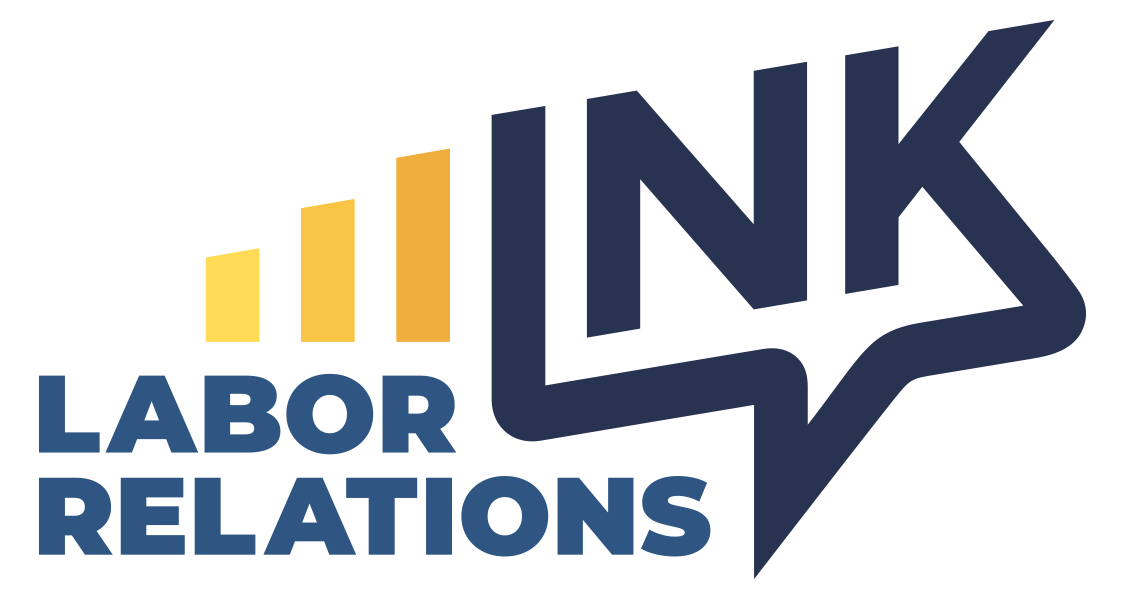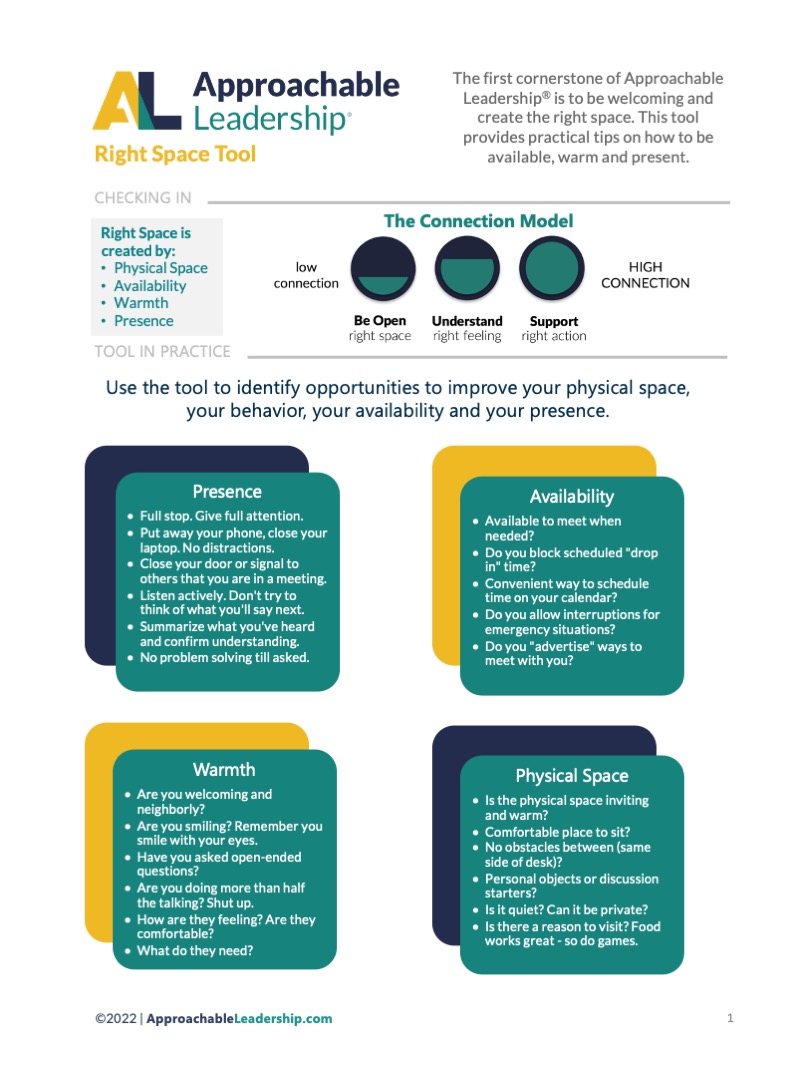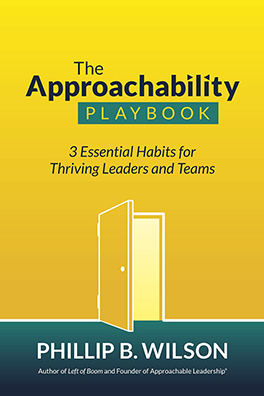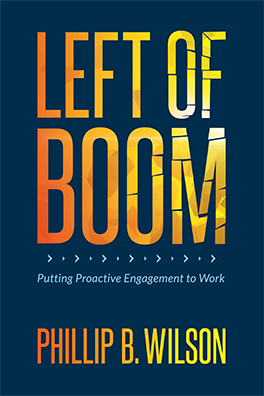It’s been a few minutes since we checked in on the healthcare industry’s fledgling use of AI. Last time around, we discussed how tech leader NVIDIA joined forces with startup Hippocratic AI to develop nurse-like “agents” that they claimed would cost only “$9 per hour” for health-based chat sessions. To do so, hospital systems must invest in expensive NVIDIA chips, so it’s an endeavor not without financial risk. How is that going?
The jury is still out: A year later, Hippocratic AI has further implemented a voice-chat AI, referred to as “Ana,” which performs over-the-phone tasks like setting appointments and vetting symptoms, and other companies have been tiptoeing into that pool. Current efforts include Israeli startup Xoltar teaming with the Mayo Clinic to use anthropomorphic avatars for managing chronic conditions over video calls. Biotech company Qventus deployed an AI assistant used by hospitals to summarize medical records and call patients with reminders about appointments.
Ideally, these bots could free up nurses to focus on more “human” tasks. Yet, nurses are worried that AI is inching too far into hospital settings and potentially leading to an unacceptable margin of error in saving money.
Health professionals remain skeptical: The Associated Press published an investigative report with observations on the use of AI in emergency rooms. One nurse recounted how this tech disregarded the co-morbidities of a dialysis patient when advising treatment for sepsis, a mistake that could have proven fatal if left unchecked. Nurses also pointed out that AI is unable to observe in-person symptoms or telltale signs of infection, such as body odor.
As with other industries, experts in that report believe that AI should augment care rather than replace human workers. At this stage, those benefits seem best positioned to help patients who are proactively seeking preventative care rather than those landing in the ER in crisis situations.
The National Nurses United (NNU) response: The largest U.S. union that represents registered nurses isn’t taking a wait-and-see approach to how this current wave of AI turns out. Instead, the union has taken a fighting stance ahead of bargaining sessions to renew contracts for around 100,000 nurses this year. NNU has already put nurses on picket lines in 20 states with signs reading, “Trust Nurses Not A.I.” The union doesn’t even seem open to the benefits of AI in helping their workers. No surprises there!
All in perspective: From a patient’s perspective, let’s say that we’re not living in Star Trek: Voyager, where a hologram called “The Doctor” can deftly heal all that ails the crew. Anecdotally speaking, I encountered an AI medical “receptionist” who declined to transfer the line to a human because the AI’s “clock” was wrong by five hours, and therefore, it concluded that the office was closed. So, administrators will also want to check in with consumers when deciding which AI to implement.
Still, the undeniable U.S. registered nursing shortage puts employers in a tough spot as they deal with the shortage, which is poised to worsen as baby boomers leave the healthcare workforce and also require more medical care. Therefore, we can expect the AI experiments to continue.






